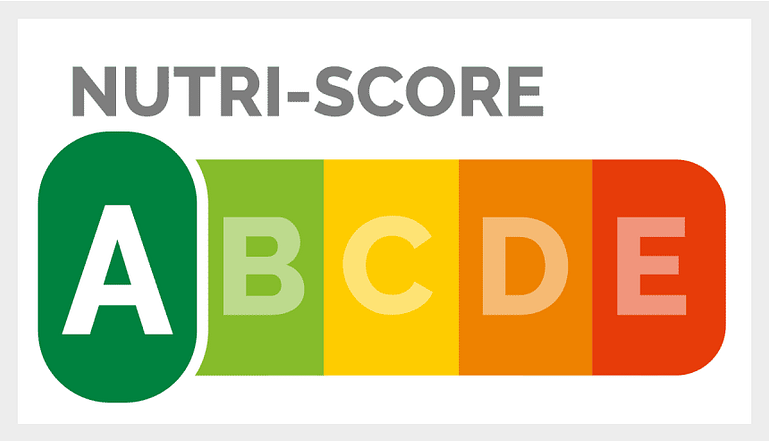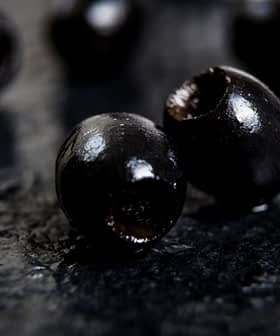The European Union should adopt Nutri-Score as a universal and mandatory front-of-pack nutritional label (FOPL) to protect the health of its citizens, read a petition signed by almost 300 scientists and health professionals from dozens of European countries.
In a public call, they praised the high scientific profile of Nutri-Score and rebuked the alternative proposals, which they believe can not compete with Nutri-Score’s proven efficacy.
Only science should guide policy decision-making in the field of public health. The choice of the single harmonized front-of-pack nutrition label for Europe must meet this single requirement and not the interests of economic operators or states that defend them.
In the petition, the Nutri-Score’s supporters said that alternative labeling systems such as the Nutrinform Battery are the result of the pressure of “powerful lobbies, supported by some member states.”
According to scientists on the call, those lobbies “have used misleading statements to discredit and offset the choice of Nutri-Score.”
More specifically, the petition attacks the Italian-backed Nutrinform Battery.
“It is not supported by any scientific evidence whatsoever,” the petition reads. “Moreover, its concept and design are very similar to the GDA/RIs [guideline daily amount and reference intakes] format set up by food companies in the 2000s and shown by numerous studies to be entirely ineffective.”
Nutri-Score is a letter and color-based food labeling system, which has already been adopted by several European countries and is the front-runner among the several food labeling platforms that E.U. is considering for adoption, a decision that the European Commission expects to announce by the end of 2022.
See Also:Nutri-Score UpdatesIn the petition, 269 scientists and health professionals joined by 21 expert associations from 32 different countries emphasized how Nutri-Score “has been the subject of numerous scientific studies published in peer-reviewed international scientific journals demonstrating its effectiveness and relevance to consumers and public health and its superiority to other labels implemented in other countries or supported by pressure groups.”
Attached to the call, there are references to more than 40 research papers that explored the effects and the impact of the labeling system adoption.
“Only science should guide policy decision-making in the field of public health,” the petition reads. “The choice of the single harmonized front-of-pack nutrition label for Europe must meet this single requirement and not the interests of economic operators (manufacturers, retailers or specific food sectors) or states that defend them.”
Nutri-Score has already been adopted by several countries, including Germany, France, Belgium, Luxembourg and the Netherlands. However, Italy, the Czech Republic and several other countries have voiced their concerns about the negative impact Nutri-Score may have on their traditional food products.
Highly renowned food, including many products with protected geographical indicators, have nutritional values that often do not allow them to obtain the top Nutri-Score classifications.
That is the case of extra virgin olive oil, which is currently labeled as a “Yellow C,” a couple of grades lower than the “Green A,” the healthiest rating by the FOPL.

This is mainly because Nutri-Score considers the nutritional qualities for a given quantity of 100 grams or 100 milliliters so that any vegetable oil or animal fat cannot score higher than a “Yellow C.”
However, proponents of Nutri-Score have long asserted that the FOPL is meant to enable consumers to make comparisons among food belonging to the same food category.
The signatories provide some examples in the documents attached to the call, such as “comparing fruit cookies to chocolate cookies; or meat lasagna to salmon lasagna or spinach lasagna… In each of these categories, the Nutri-Score can vary largely and so it provides useful information for consumers, permitting them to make an informed choice.”
The group of European scientists supporting the implementation of Nutri-Score also attached to a paper entitled “The Front-of-Pack nutrition label Nutri-Score: a public health tool to improve the nutritional status of the population that is based on rigorous scientific background” to the call.
In the paper, the inner workings of the classification system, Nutri-Score’s algorithm and the scientific background upon which Nutri-Score was based are all examined.
The paper also aims to disarm some concerns about the French-born FOPL, emphasizing that “Nutri-Score does not aim to inform about the nutritional quality of foods in absolute value. It is not intended to characterize foods as ‘healthy’ or ‘unhealthy’ as does a binary logo.”
Instead, the paper argues that the gradual nature of the logo, with five color/letter classifications, offers a more comprehensive comparison among food items and allows consumers to make an informed decision about what purchases are best for them.
“We have to make it clear that Nutri-Score does not give a seal of approval and therefore does not recommend foods classified A or B on the pretext that they would be ‘healthy,’” the paper concluded. “It only emphasizes that these products are to be preferred over their lower-ranked Nutri-Score equivalents or alternatives that can be ‘competitive’ with the consumer at the time of purchase or consumption.”








